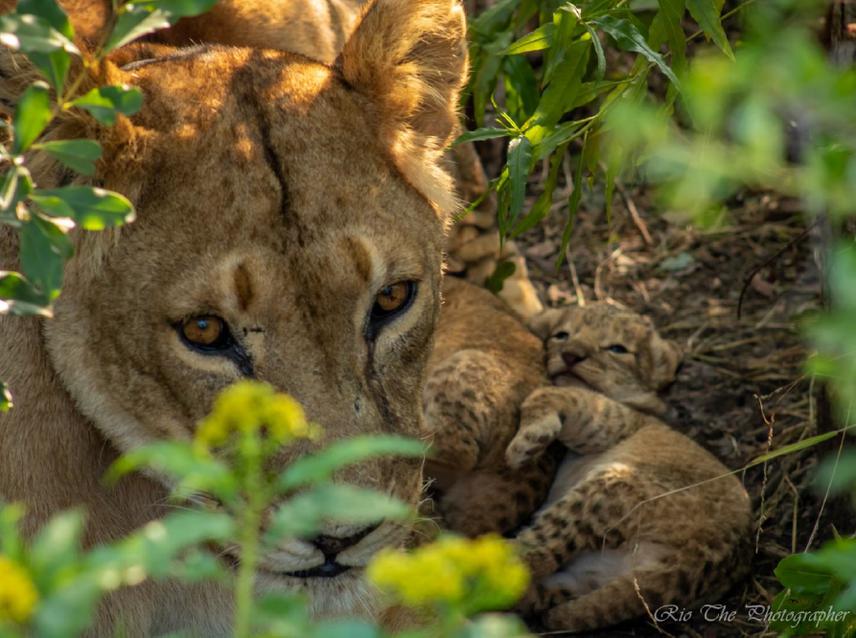Douglas Kamaru Njeri
The mutualism disruption between the native ants and Acacia drepanolobium by Invasion of big-headed ants (Pheidole megacephala) on regions of Laikipia. Kenya, has resulted in catastrophic trees damages by elephants, consequently resulting in decreased tree cover. Decreased tree cover will alter predator-prey interaction, since cover shapes the outcome of the predator-prey interactions through concealment of predators to increase hunting success and influence anti-predator tactics by the prey to avoid predation. The Cascading effects caused by big-headed ants’ invasion will likely alter predator-prey interactions hence affecting their populations in future. My project therefore seeks to investigate; (1) does the big-headed ants’ invasion influence alteration of tree cover by mega herbivores? (2) does the invasion by the big-headed ants alter habitat selection and distribution of ungulates and (3) does the big-headed ants’ invasion influence where lions hunt on the changing landscape?

Ants are recognized for their abilities to invade and dominate areas outside their native geographic range, with seven species recognized as the most widespread and invasive worldwide, including; Anoplolepis longipes, Linepithema humile, Paratrechina longicornis, Solenopsis invicta, Solenopsis germinate, Wasmannia auropunctata and Pheidole megacephala, and they are said to possess characteristics that enable competitive exclusion of the native ants in the invaded habitats (Holway et al., 2002).
The invasion of Pheidole megacephala, commonly known as big-headed ants in Laikipia, in the last 10-15 years, has disrupted a foundational relationship between monodominant whistling-thorn tree and the native ants in the genus Crematogaster which acts as bodyguards to protect the tree (Riginos et al., 2015). Big-headed ants are strongly territorial and exclude dominate native ants due to their aggressive nature, making them to dominate extensive areas (Wetterer, 2014). Big-headed ants have been linked to the displacement of wide variety of insects, including the extinctions of two insect orders (coleoptera and lepidoptera) in Hawaiian island (Wetterer, 2007), and indirectly associated with the decline of the laysan ducks (Anas laysanensis) by impacting on their food abundance and the extermination of most native ants of Madeira (Wetterer et al., 2006).
Displacement of native ants by big-headed ants’ invasion in Laikipia, has disrupted mutualism between the native ants and the acacia trees, leaving the trees vulnerable to catastrophic damage by the elephants (Riginos et al.,2015). Studies by Riginos et al., (2015) in my study site, indicate that, trees within the big-headed ants invaded areas suffered catastrophic elephant damages, about five times more than the un-invaded areas, leading to a significant reduction of tree cover. Loss of tree cover influences ecosystem processes and habitat use (Riginos and Grace, 2008, Sitters, Edwards and Venterink, 2013). Consequently, likely to influence predator-prey dynamics and habitat selection. I will therefore test the hypothesis that mutualism breakdown cascades to influence the spatial distribution of predator-prey interactions and seek to quantify (1) whether and how habitat selection by ungulates is altered by big-headed ant invasion; and (2) whether and how the outcome of hunting forays by lions is in turn affected by big-headed ant invasion; In so doing, my work will yield predictions for wildlife populations and in particular lions, which are listed as “Vulnerable” by the IUCN.